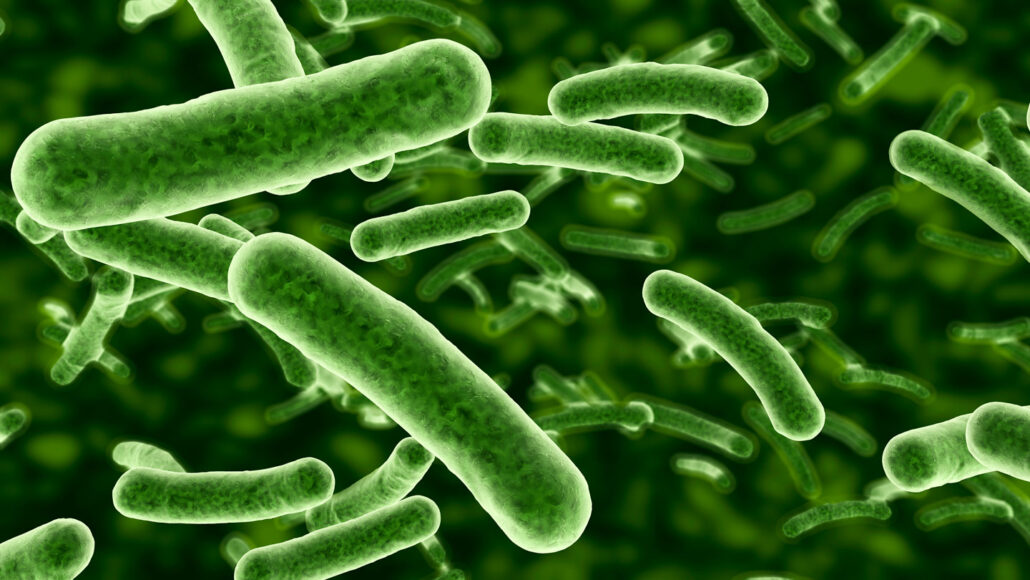



BACTERIA
Bacteria are Microscopic single-celled organisms lacking a distinct nucleus. They may be shaped like spheres, rods, or spirals. They inhabit virtually all environments, including soil, water, organic matter, and the bodies of animals.
Bacterias are classified into five groups according to their basic shapes:
Spherical (cocci): A coccus is any bacterium or archaeon that has a spherical, ovoid, or generally round shape.
Rod (bacilli): A rod-shaped bacterium or archaeon
spiral (spirilla): a bacterium with a rigid spiral structure, found in stagnant water and sometimes causing disease
comma (vibrios): Vibrio is a genus of Gram-negative bacteria, possessing a curved-rod (comma) shape, several species of which can cause foodborne infection and are commonly found in various salt water environments.
corkscrew (spirochaetes): A group of gram-negative, motile, spiral-shaped bacteria, some of which are serious pathogens for humans.
LPSN - List of Prokaryotic names with Standing in Nomenclature
Bacteriology
Definition, Classification and in Medicine
Bacteria Basics : Microbiology Basics
The Virtual Museum of Bacteria
The exhibits provide links to fact sheets, consumer guides, scientific research and online lectures.